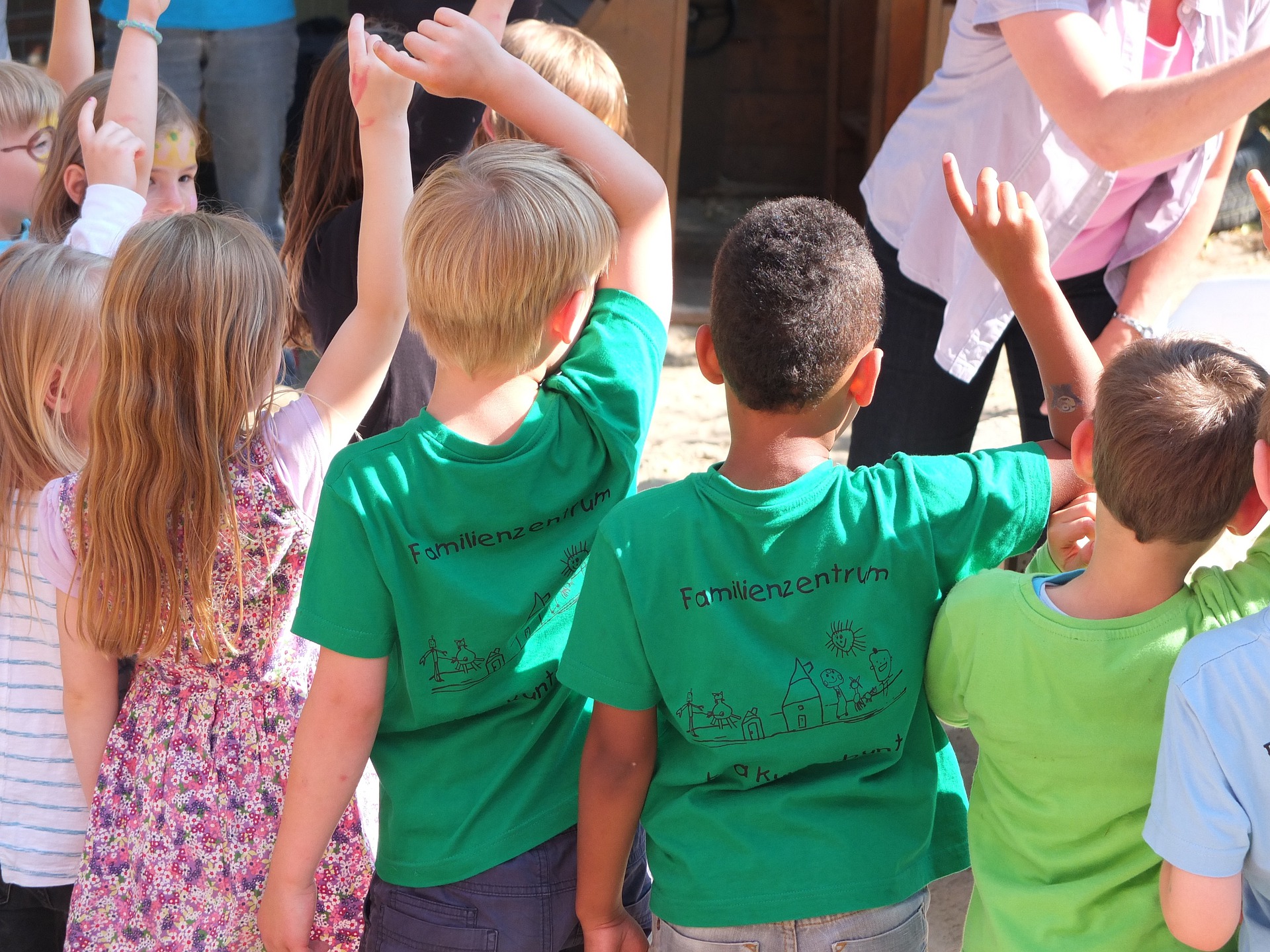Teaching and Learning Approaches
Promoting speaking and listening
Effective speaking and listening skills are critical for children’s overall development in the early years. These skills also support academic and social success in primary school, secondary school and into adult life. Strong academic and social skills are also linked to general wellbeing and there are indications that well-developed speaking and listening skills have a role to play in developing children’s resilience and in reducing the chances of mental health issues as an adult.
Supporting the development of speaking and listening skills across the early years curriculum is important for all children therefore. For bilingual and multilingual children whose home language is different from the school language see a Multilingual Approach, which includes specific strategies and guidance.
Speaking skills enable us to: share our thoughts with others, contribute to activities, and hypothesise, reason, imagine and to wonder aloud. Listening skills enable us to: understand what’s going on, participate in activities and engage with our friends. Effective communication is therefore a two-way process that involves both speaking confidently, clearly and coherently, and listening to, understanding and responding to what other people say.

Young children need high-quality input from adults to help them develop their speaking and listening skills, so you have a key role in modelling this. To scaffold early language development, you will be repeating and emphasising key words and phrases, using simple vocabulary to clarify meaning, using short sentences or phrases and using the same words and phrases for repeated everyday activities. Over time, you can use a wider range of vocabulary and language to help children develop their own range.
|
You should provide regular opportunities for children to develop their speaking and listening skills by working with them directly and by providing opportunities for them to work in groups of different sizes. You should also support and model the skills needed to participate fully in conversations and discussions. For example:
|
During group discussions, you can use a visual prop to indicate whose turn it is to talk. This will make it easier for children to learn to wait their turn. During discussion activities, you should also be aware of background noise. For example, playing
background music may be intended to create a sense of calm, but it can also create a distraction, making it harder for children to pick up on speech sounds, or to concentrate on conversations.
Play provides an ideal context for developing speaking and listening skills. By guiding and encouraging child-initiated conversation during their play, you can support children to become confident communicators in a less pressured way. Establishing a role-play area will encourage communication based on children’s own experiences. For example, a role-play shop where some children take on the role of adults choosing shopping items and others take on the role of shop assistant, welcoming and helping shoppers and initiating conversation at the checkout.

Effective communication relies on children feeling encouraged to become active participants in conversations and discussions, and having the range of vocabulary and language they need to understand and make themselves understood. Some further strategies to support this include:
- Talking slowly so children have time to process what you are saying.
- Building on children’s own language in your responses to them, using a combination of rephrasing, comments and questions.
- Using a wide range of vocabulary and language during your interactions with children to support them in developing their own range. Don’t think you need to always stick to the simple or obvious.
- Not correcting children if they get words or language conventions wrong – instead just model back the correct words or sentence in a conversational way.
- Modelling accurate use of vocabulary and language conventions.
- Listening fully when children are talking to you.
- Allowing children to talk – even if they are struggling to say or find the word they want.
- Allowing children time to respond – this means often waiting longer than you would for adults, to allow children to take their turn in a conversation.
- Valuing children’s home language if different to the language spoken within the school.
- Helping children to see when their attempts at communication with their peers hasn’t worked, and support, or role model, more effective communication.
- Monitoring and supporting individual children’s language learning, especially when the school language is different from their home language.
- Allowing children to play and explore with language without fear of getting it wrong, for example making up silly words or rhymes.
- Not asking too many questions. Interactions with children should be like a conversation, not an interrogation. Aim for at least three comments to every question – more if you can.
- Avoiding baby language/words – for example use 'dog' instead of 'doggy'.
- Positioning yourself at the same eye level as the children and ensuring that you maintain eye contact.